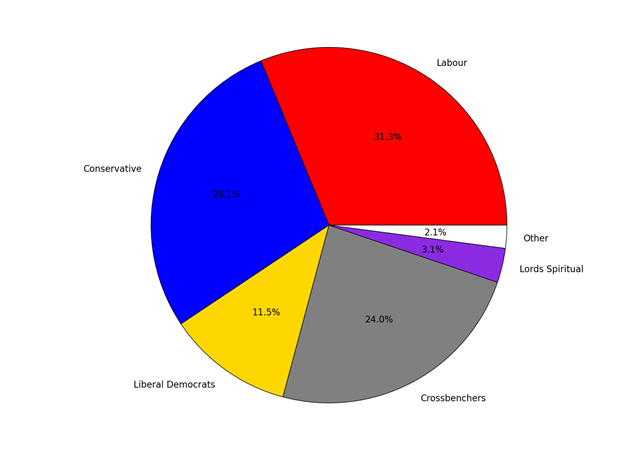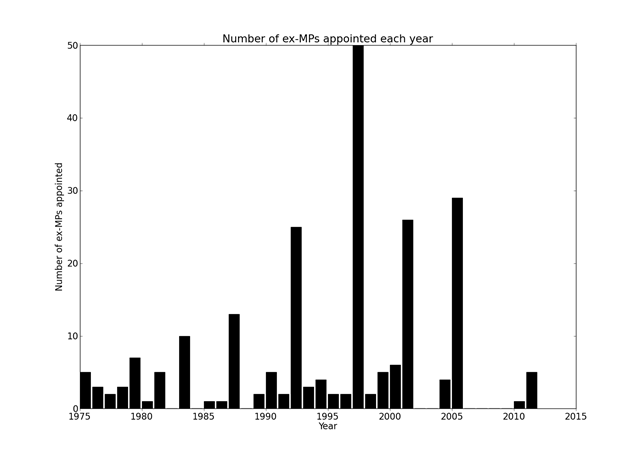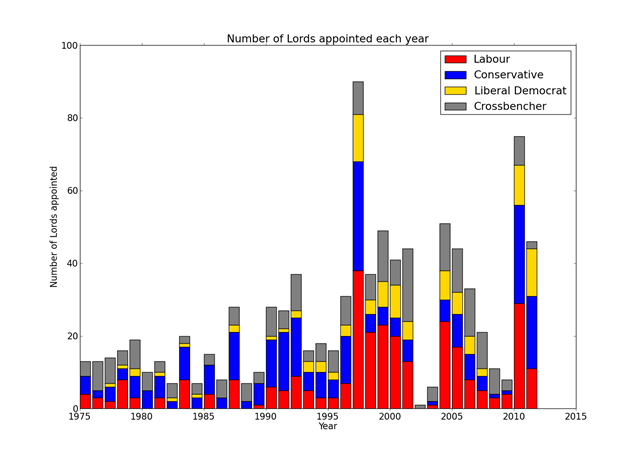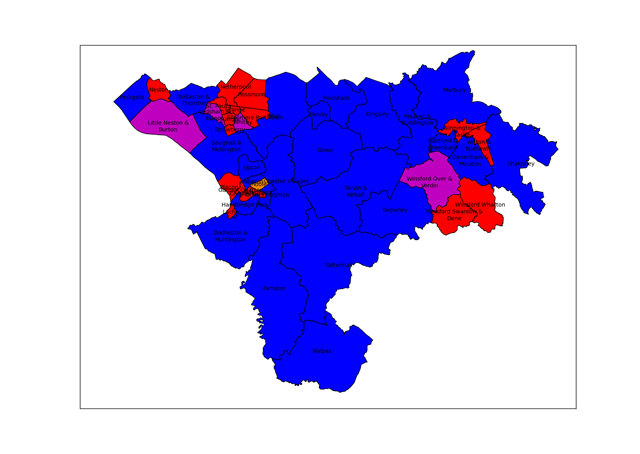At the 2010 General Election nearly 90% of us voted for parties enthusiastic for an elected House of Lords. The Conservatives said in their manifesto:
“We will work to build a consensus for a mainly-elected second chamber to replace the current House of Lords”
The Liberal Democrats said in their manifesto:
“Replace the House of Lords with a fully-elected second chamber with considerably fewer members than the current House.”
And Labour said in their manifesto:
“We will ensure that the hereditary principle is removed from the House of Lords. Further democratic reform to create a fully elected Second Chamber will then be achieved in stages.”
This is also reflected in the Coalition Agreement:
“We will establish a committee to bring forward proposals for a wholly or mainly elected upper chamber on the basis of proportional representation.”
The reasons for this unanimity is several-fold:
- There is a current pressing problem of overcrowding of the House of Lords. This arises because although there is a mechanism for appointing Lords there is no mechanism for retiring them, as a consequence Britain has one of the largest legislaturesin the world relative to the population. The convention in recent years has been to add members such that the composition of the house reflects the proportion of votes for each party at the most recent general election – with no exit route this is unsustainable.
- The British scheme of appointing a second chamber is almost unique in western nations, with only Canada following suit, it’s wholly appointed nature raises serious questions of democratic legitimacy. Attempts to make the composition match recent elections are a recognition of this lack of legitimacy but are an inadequate solution to the problem.
- The appointed nature of the House of Lords leads to transparency issues. It serves in part as an honours system for services rendered to political parties as well as a working revision chamber. Although the current composition contains 23% crossbenchers it is still very substantially a political chamber.
- The current average attendance in the House of Lords is around 388, nearly 20% of members only attend once or twice a year.
The Labour government made a start on House of Lords reform by removing the voting rights of all but 92 of the hereditary peers with an intention of moving to a House of Lords with a larger elected component. These subsequent changes ran into the sands of complex parliamentary procedures and an obstinate upper House.
The proposals put forward by Nick Clegg, backed by David Cameron, are for a second chamber containing 300 members elected using a proportional system based on large constituencies. The proposal is to elect one third of the house at each general election with members elected for 15 years but no possibility of re-election. The draft bill includes provision for 20% of the house to be appointed but there is a consultation with the option that the house be 100% elected.
These proposals are evolutionary: the legislative powers of the House of Lords remaining as now; an elected house is only attained after 15 years and the membership will only be 25% smaller than the current active membership.
I look forward to the parties at Westminster fulfilling their commitments to an elected second house!





